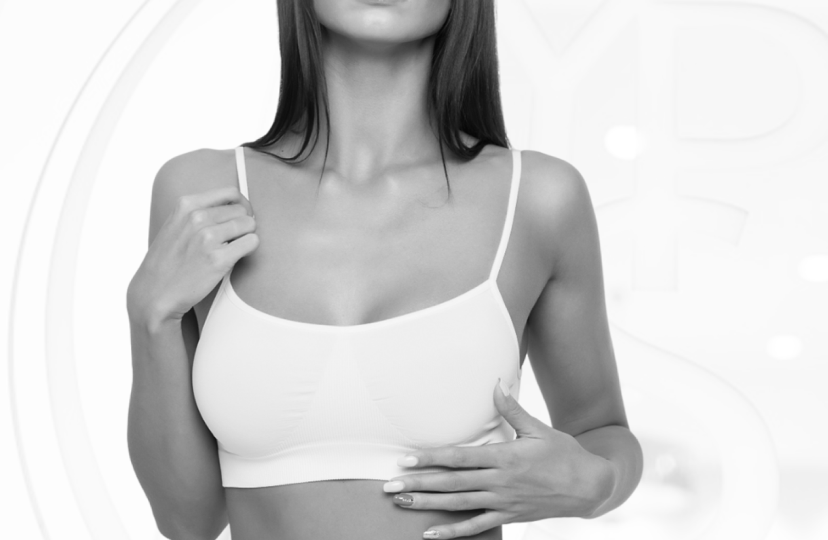
Breast lipofilling, is also known as breast fat transfer augmentation or fat grafting. It involves harvesting excess fat from an area with a prominence, like the lower abdomen, “saddlebags” on the outer thigh, or “love handles” on the flanks. This fat can be processed then injected into the breasts. The operation is performed as a adjunctive procedure for patients who have had lumpectomy, reconstructive surgery after mastectomy, or cosmetically for improved shape and size.
This operation is commonly done under general anaesthetic. The region where the fat will be obtained is infiltrated with a solution that facilitates harvesting the fat, and decreases postoperative pain and bleeding. Small incisions are then made in the skin, and a thin metal tube (cannula) is used to aspirate the fat into a sterile collection chamber. The fat is then processed and separated from the blood and other fluids that have been removed. The purified fat is then injected into the breast. Tiny incisions are made around the breast and the fat is injected using tiny cannulas.
Fat transfer to the breasts is commonly done as an outpatient procedure. Showering is permitted 48 hours after surgery, and most patients return to work within 1-2 weeks. Care must be taken to avoid excessive pressure to the breasts or vigorous exercise for at least 4-6 weeks after surgery.
Fat transfer has several advantages including using your own tissue, no need for a breast implant or the longer incision required for implant insertion, and improving the contour of the area where the fat is harvested. However, a significant amount of transferred fat will eventually resorb, so often multiple grafting sessions may be required to gain the desired result. There can be complications like infection, bleeding, asymmetry, contour irregularities or other problems, either on the breasts or the site where the fat was harvested. Transferred fat can form cysts and calcifications in the breast, which may affect mammogram results. When fat is transferred to a breast to improve the appearance after breast cancer, there is a potential risk of stimulating a recurrence of breast cancer (studies are ongoing). During a consultation, Dr. Andrade will discuss the potential risks and benefits of surgery in more detail.
Our website contains before and after photos of Dr. Andrade’s patients with their treated anatomy exposed. These photos are intended to help our patients make an informed decision about surgery, and they are not testimonials or endorsements. Each person is unique therefore we cannot guarantee that you will achieve the same results. A thorough in-person consultation is necessary to understand your options and possible outcomes. By proceeding, you acknowledge that you are over 18 years of age.